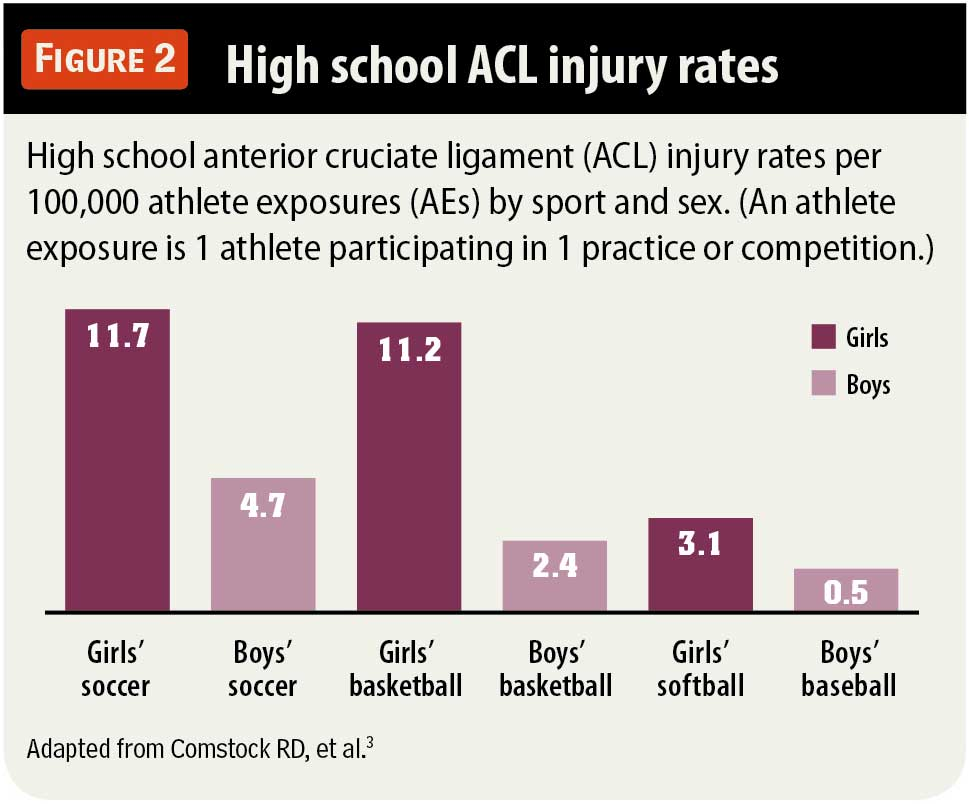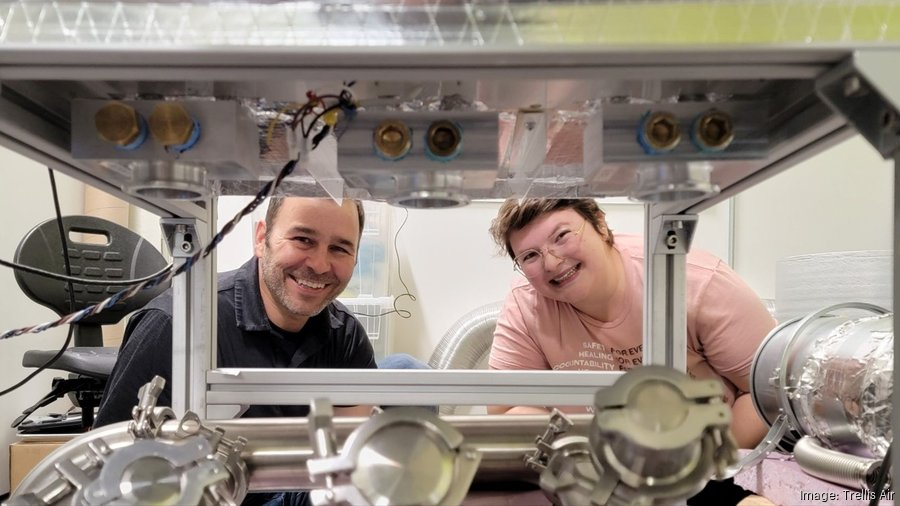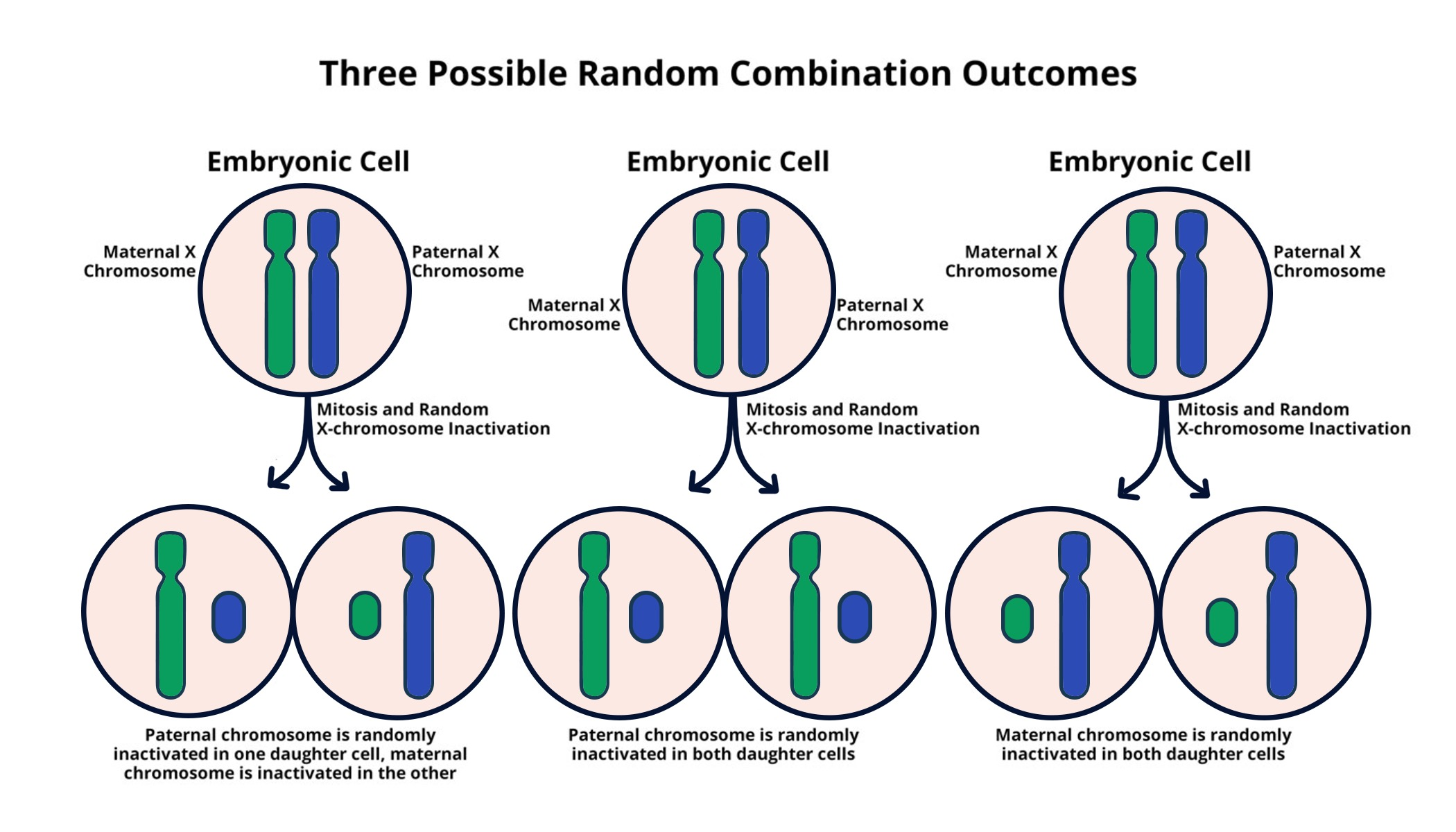ACL injury rates in women athletes have emerged as a critical subject in sports science, revealing significant gender disparities in the incidence of these injuries. Recent studies indicate that female athletes suffer ACL tears at a rate 1.7 times higher than their male counterparts, raising questions about the underlying causes beyond biological factors. While traditional narratives often attribute this increased risk solely to physiological differences, researchers argue that social factors and inadequate resource allocation in women’s sports play a crucial role. The growing body of ACL tear research suggests that these disparities need to be addressed to improve athlete safety and performance. As we delve into this topic, it becomes evident that understanding ACL injury risk can lead to better outcomes for female athletes worldwide.
Exploring the intricate landscape of anterior cruciate ligament (ACL) injuries among female athletes sheds light on a pressing issue in the realm of sports. The disparity in ACL tear occurrences highlights significant concerns around the safety and treatment of female sports participants. It is essential to recognize the various factors contributing to the heightened risk of injuries, which often encompass both physiological and sociocultural dimensions. Recent findings not only point to the high prevalence of ACL injuries in female competitors but also emphasize the crucial role of proper training and resource allocation in mitigating these risks. By examining the underlying dynamics of female athlete injuries, we can foster a more equitable sporting environment and ensure better support for women in athletics.
Understanding ACL Injury Rates in Women Athletes
ACL injuries have become a prevalent concern in female athletics, with studies showing that women athletes experience ACL tears at significantly higher rates than their male counterparts. This disparity raises important questions about the underlying causes. While some may initially attribute this difference to inherent biological factors such as hormone levels or bone structure, recent research suggests that the issue is far more complex. Factors like training methods, team sizes, and access to quality coaching contribute significantly to the higher ACL injury rates seen among women athletes.
One critical aspect identified is the resource disparities in women’s sports. Women athletes often compete on smaller teams with less access to training facilities and medical support. Such inequities lead to reduced practice opportunities compared to male athletes, ultimately affecting their performance and injury risk. Evaluating athlete exposures— the method used to measure exposure to injury risk— without accounting for these variables risks perpetuating a narrative that oversimplifies the reality of ACL injuries in women.
Frequently Asked Questions
What factors contribute to higher ACL injury rates in women athletes?
Higher ACL injury rates in women athletes can be attributed to a combination of biological and social factors. Research shows that women often have less access to high-quality training and resources, leading to underconditioning and increased injury risk. Additionally, participation in competitions on smaller teams means that women may train and compete more frequently than their male counterparts, which increases the likelihood of an ACL injury during high-intensity activities.
How do biological differences affect ACL injury risk in female athletes?
While some studies suggest that biological differences, such as hormonal fluctuations and anatomical variations, could influence ACL injury rates in women athletes, recent research emphasizes the importance of social structures and resource availability in understanding these disparities. Social factors, including team size and training opportunities, often have a more significant impact on ACL injury risk than biological ones alone.
Are ACL injuries more common in female athletes than in male athletes?
Yes, ACL injury rates are significantly higher in female athletes. Studies have indicated that women experience ACL injuries at a rate of 1.7 times higher than their male counterparts. However, understanding why involves not just biological differences but also examining training practices, team dynamics, and overall exposure during competition.
What role does training time play in ACL injury rates among female athletes?
Training time plays a crucial role in ACL injury rates as injuries are more likely to occur during matches, and less training may lead to inadequate conditioning. Women athletes often train less frequently than men due to smaller team sizes and other institutional challenges, which increases their risk of ACL injuries during competitions.
How can calculations of ACL injury risk be improved for female athletes?
To improve calculations of ACL injury risk for female athletes, researchers recommend disaggregating practice and game time in injury assessments, evaluating individual athlete exposures, and considering team size. This approach ensures a more accurate representation of the conditions under which ACL injuries occur and highlights the necessity of equitable resources in women’s sports.
What impact does team size have on ACL injury rates in women athletes?
Team size directly influences ACL injury rates in women athletes as smaller teams typically lead to greater exposure to competition among fewer players. This concentrated participation means individual athletes potentially face higher injury risks, even if the injury rate per match is similar to that of male athletes with larger rosters.
What interventions can reduce ACL injuries in female athletes?
Interventions to reduce ACL injuries in female athletes should include better access to training resources, more equitable coaching and conditioning opportunities, and targeted injury prevention programs. Additionally, improving the assessment methods used to measure injury risks can help participants better understand their specific vulnerabilities and implement effective prevention strategies.
Why is it important to consider social factors when discussing ACL injury rates in women athletes?
Considering social factors when discussing ACL injury rates in women athletes is vital because these factors often have a greater impact on injury risk than biological differences. Understanding the systemic inequities in resource allocation, training opportunities, and competition structures helps identify the root causes of elevated ACL injury rates and informs effective strategies for prevention.
| Measure | Men | Women |
|---|---|---|
| Roster size-based AEs | 28 | 25 |
| Participant-based AEs | 19 | 17 |
| Player-hours | 6 | 6 |
| Injury rate per 100 roster-based AEs | 3.6 | 4.0 |
| Injury rate per 100 participant-based AEs | 5.3 | 5.9 |
| Injury rate per 100 player-hours | 16.7 | 16.7 |
| Injury risk per team member | 0.036 | 0.040 |
| Injury risk per participant | 0.053 | 0.059 |
Summary
ACL injury rates in women athletes are notably higher due to a combination of social and structural factors, rather than solely biological differences. Recent research challenges the common narrative that attributes this disparity to hormonal differences or anatomical structure. Instead, it highlights how equity in resource allocation and training opportunities can significantly impact injury risk. By reassessing how injury rates are calculated and incorporating a more gender-sensitive approach, we can better understand and ultimately mitigate the risks faced by women athletes in sports.









